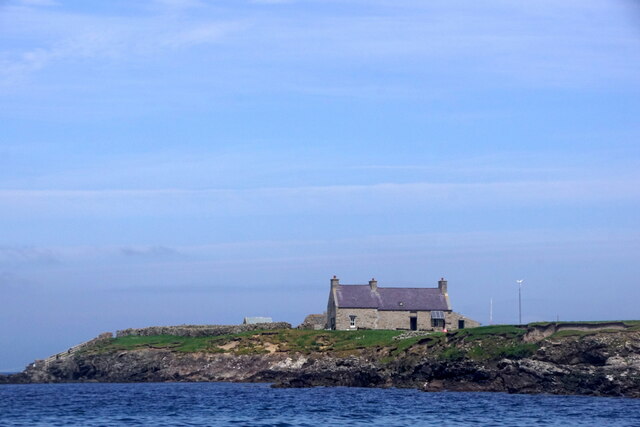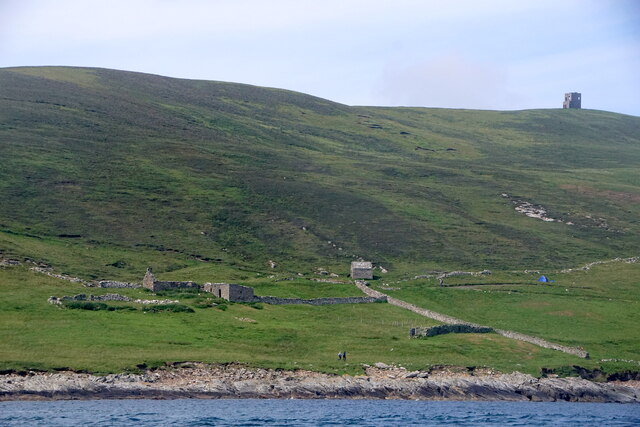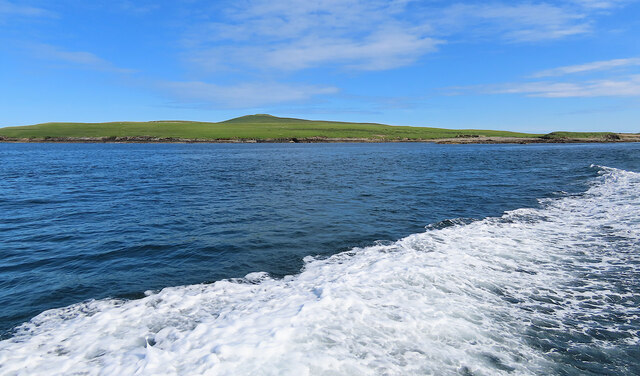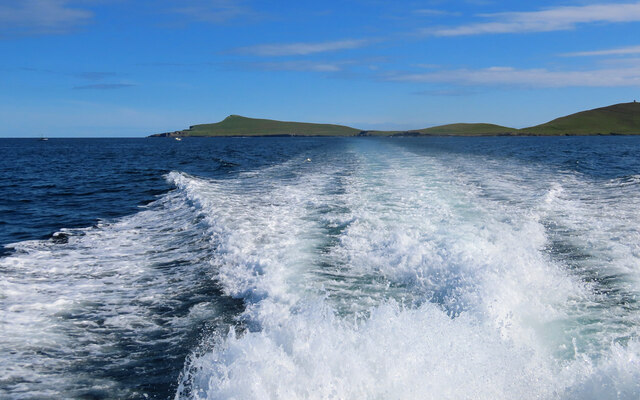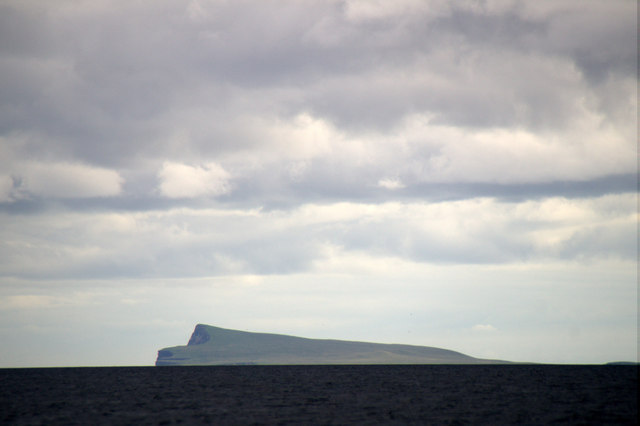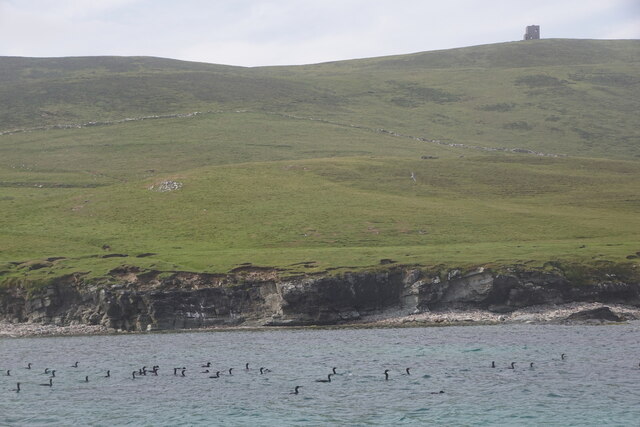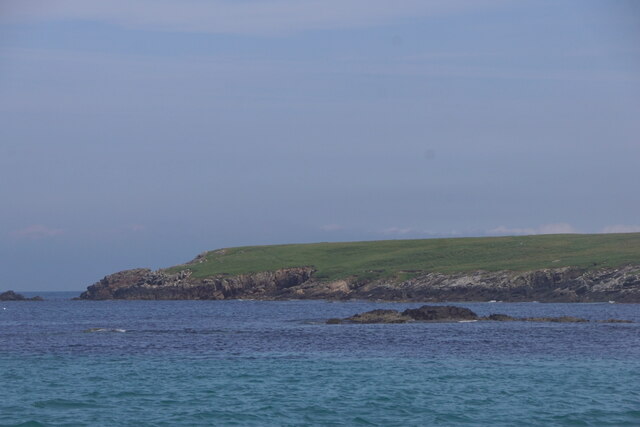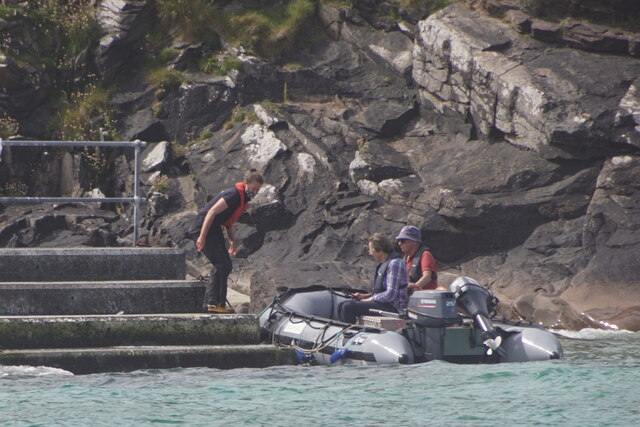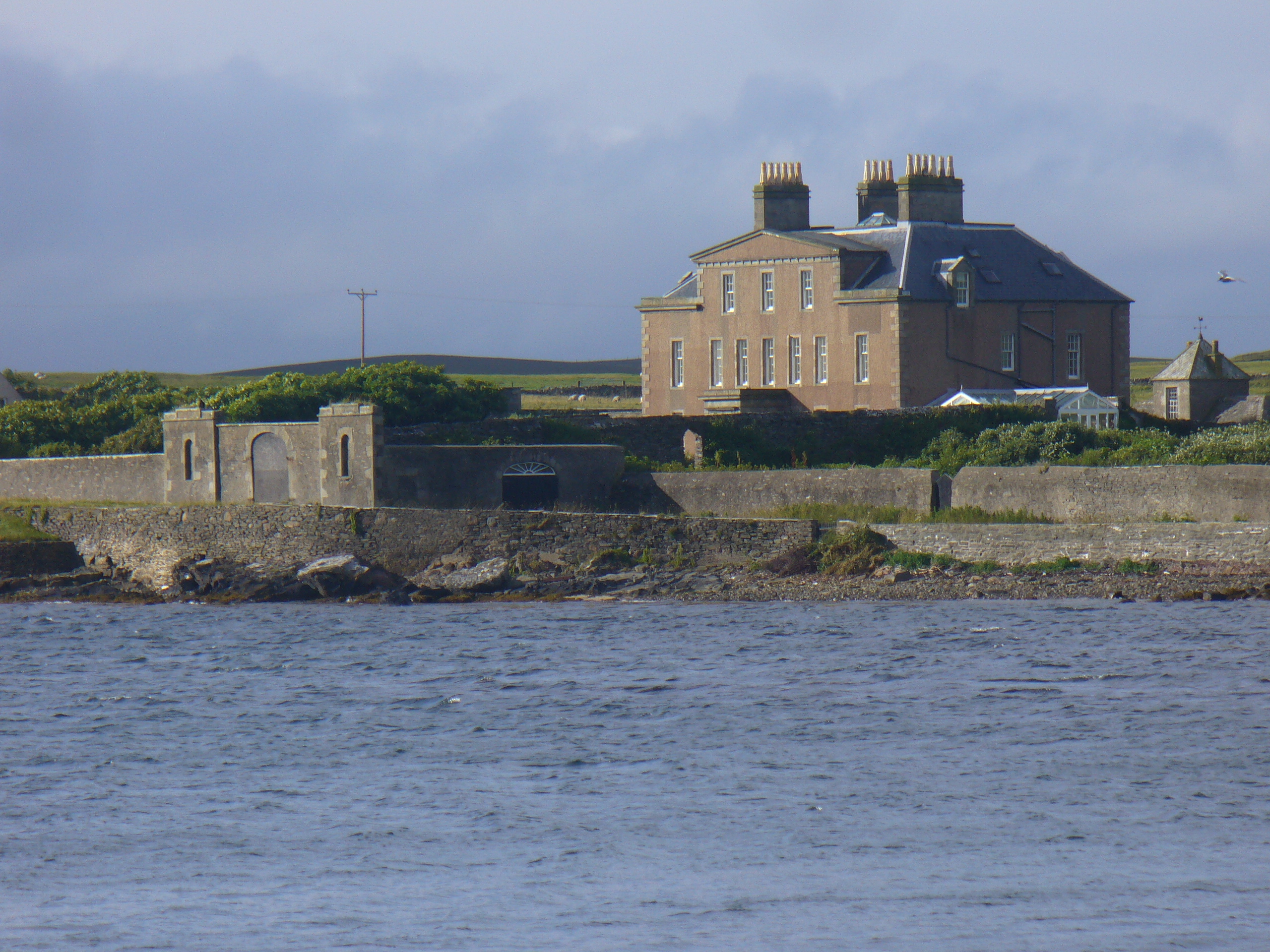Voe of the Mels
Bay in Shetland
Scotland
Voe of the Mels
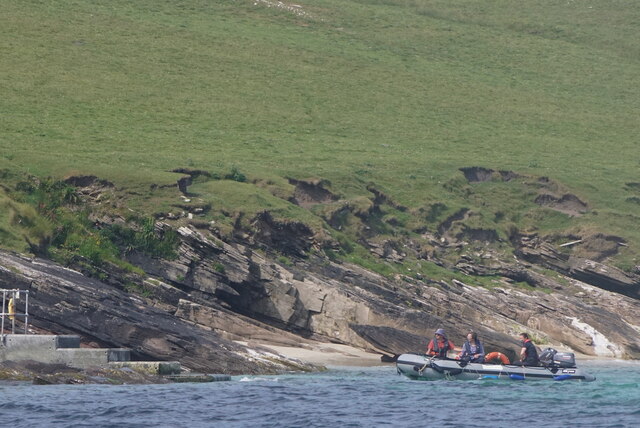
Voe of the Mels, also known as Mels Voe, is a small bay located on the west coast of the Shetland Islands in Scotland. It lies between the settlements of Walls and Sandness, and is approximately 13 miles northwest of the main town of Lerwick.
Surrounded by picturesque scenery, Voe of the Mels offers a peaceful and serene setting for visitors. The bay is characterized by a narrow inlet with steep cliffs on either side, creating a sheltered environment. The crystal-clear waters of the bay make it an ideal spot for various water activities such as fishing, kayaking, and sailing.
The area surrounding Voe of the Mels is rich in wildlife, and visitors can often spot seals, otters, and various species of seabirds. The bay also provides a breeding ground for several marine species, including cod and haddock, making it a popular fishing destination for locals and tourists alike.
The nearby village of Walls offers amenities such as accommodation, shops, and restaurants, making it a convenient base for exploring Voe of the Mels and its surroundings. The bay is also within close proximity to other popular attractions in Shetland, including the Eshaness Cliffs and St. Magnus Bay.
Overall, Voe of the Mels is a hidden gem in the Shetland Islands, offering a tranquil escape for nature lovers and outdoor enthusiasts. Its stunning scenery, abundant wildlife, and recreational opportunities make it a must-visit destination.
If you have any feedback on the listing, please let us know in the comments section below.
Voe of the Mels Images
Images are sourced within 2km of 60.144823/-1.0378558 or Grid Reference HU5340. Thanks to Geograph Open Source API. All images are credited.
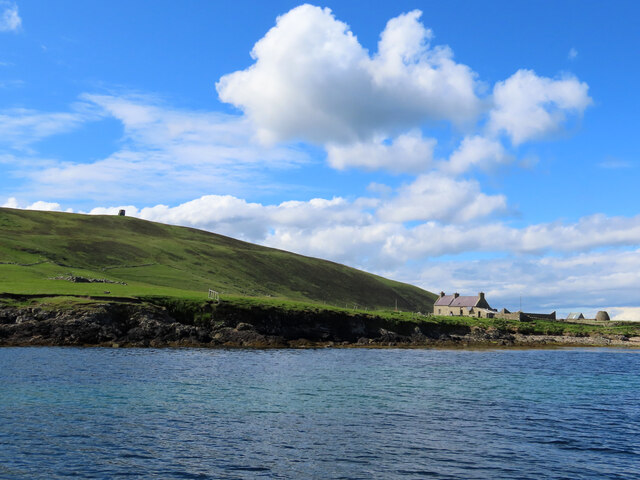
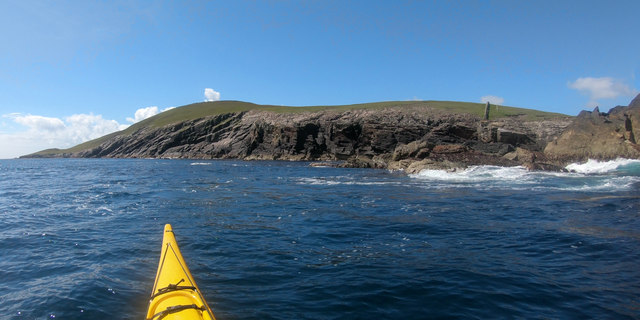
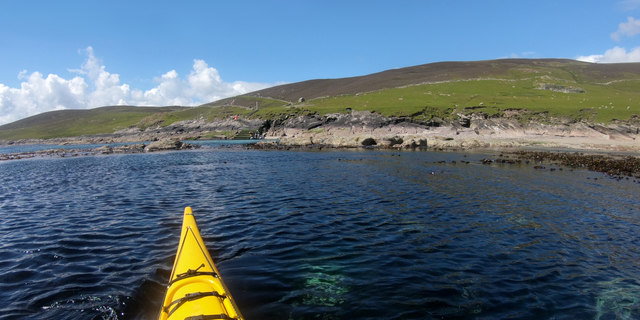
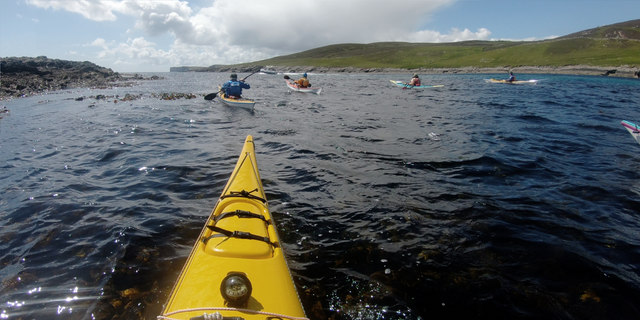
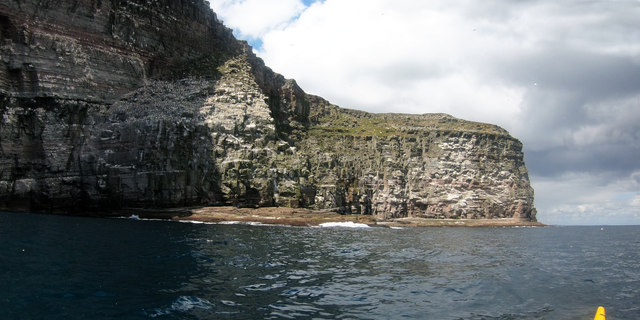
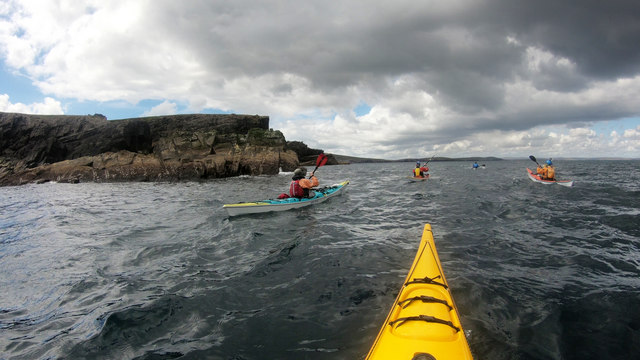
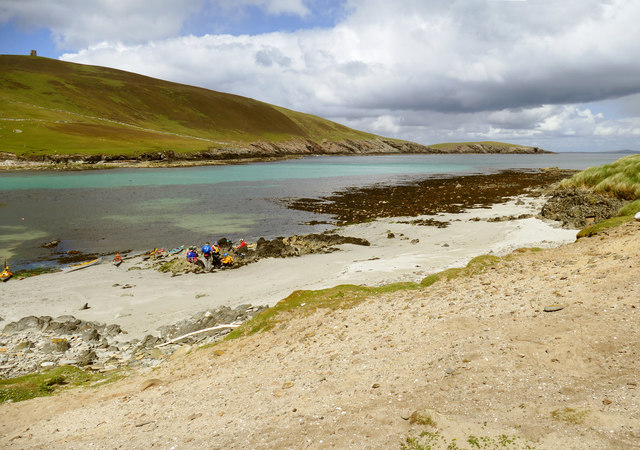
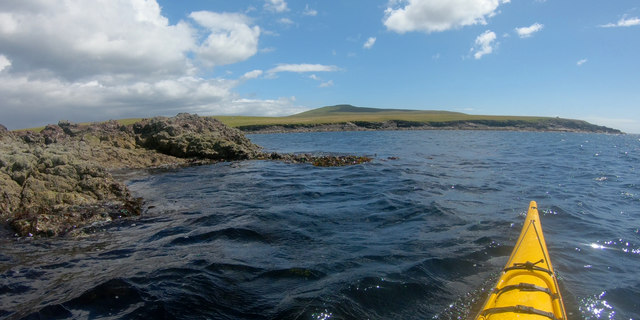
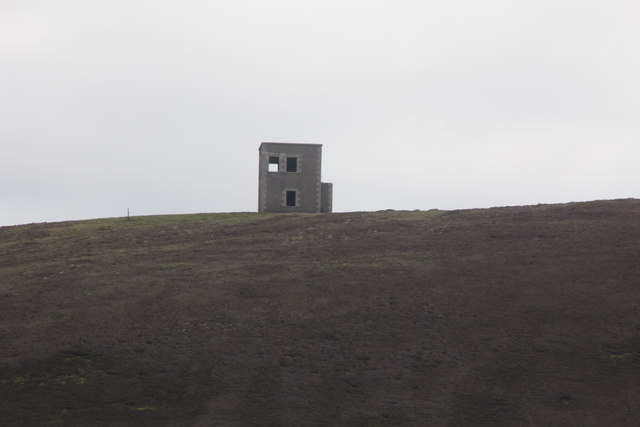
Voe of the Mels is located at Grid Ref: HU5340 (Lat: 60.144823, Lng: -1.0378558)
Unitary Authority: Shetland Islands
Police Authority: Highlands and Islands
What 3 Words
///flippers.flaked.expel. Near Lerwick, Shetland Islands
Nearby Locations
Related Wikis
Isle of Noss
The Isle of Noss or Noss (Scots: Noss) is a small, previously inhabited island in Shetland, Scotland. Noss is separated from the island of Bressay by the...
Holm of Noss
The Holm of Noss or Cradle Holm is an uninhabited islet of the Shetland Islands. It is about 48m at its highest point. == Geography and geology == It is...
Broch of Cullingsburgh
The Broch of Cullingsburgh is an Iron Age broch located in the Shetland islands. == Location == Located on Bressay, off the east coast of mainland Shetland...
Bressay
Bressay (Scots: Bressa) is a populated island in the Shetland archipelago of Scotland. == Geography and geology == Bressay lies due south of Whalsay, west...
Voe of Cullingsburgh
Voe of Cullingsburgh is a large sea loch off the Shetland island of Bressay, voe meaning "sea inlet" in Shetland dialect. The local spelling of the name...
Bressay transmitting station
Bressay transmitting station is a broadcasting transmission facility for the Shetland Islands, located on the isle of Bressay, owned and operated by Arqiva...
Gardie House
Gardie House is an 18th-century estate house on Bressay in Shetland, Scotland. Located opposite Lerwick, across the Bressay Sound, Gardie is described...
Lerwick and Bressay Parish Church
Lerwick and Bressay Parish Church is the largest Church of Scotland congregation in Shetland, serving the islands' capital Lerwick and the surrounding...
Nearby Amenities
Located within 500m of 60.144823,-1.0378558Have you been to Voe of the Mels?
Leave your review of Voe of the Mels below (or comments, questions and feedback).
